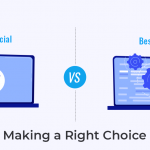Breaking the Myth
“Do the work. Everyone wants to be successful, but nobody wants to do the work
–Gary Vaynerchuk (Belarusian-American entrepreneur)
Back in the nineties, people believed in working hard, generating outputs and bringing remarkable results that no one could snatch from them. But as we continued to move towards digitization, people started becoming lazy.
It’s okay to say that computers became smart, and we left it all on them. We started to find out easier, simpler, and, of course, “smarter” ways of doing our work.
Consider a simple example; earlier, people used to cycle their way to work, then they bought bikes and now cars. While the technology around us continued to become more innovative, we continued to become dependent on it for even the basic needs.
As technology began expanding, we forgot the importance of working hard, and everybody started to look for ways to work smart.
Amidst finding “easy ways,” many technologies are continually introduced. One such tech we’ll discuss in this write-up is the low-code app development platforms.
What Are Low Code Application Development Platforms?

The low code application development platforms ditch the traditional way of hand-coding an application and replace it by providing an environment utilized in creating mobile or web applications via the graphical interface.
In simpler words, It allows a product owner to create an application with drag and drop features. Thus, eliminating the need for proper coding.
However, adding features or updating the application may require one to perform complex coding to keep up with the market pace.
Low code mobile app development platforms are believed to reduce the need for hand-coding an application, thus accelerating the business delivery operations.
The platforms trace their roots to rapid application development tools and the fourth-generation programming languages dated back to the 1990s and the early 2000s.
Akin to the predecessors’ development environment, the low code application development platforms are built on the principles of automatic code generation, visual programming and model-driven designs.
2021- The Year of Low Code
2020 recorded a substantial increase in the usage of low code mobile app development platforms. Researchers and marketers believe the core reason for it to be the sudden shift to remote working. Due to the pandemic that hit in early 2020, people started working from home; this meant that processes are conventionally done on papers or by people suddenly becoming virtual.
Therefore, businesses and entrepreneurs needed a way to digitize their processes and completely replace the manual ones.
So can you guess what came to their rescue? Well, it’s low code app development.
More and more businesses started developing their web apps and mobile apps using low-code because it was quick, easy and supposedly efficient.
Sheryl Koenigsberg, the global product marketing head of a low code app platform called Mendix, pointed out that the increase in demand for low code applications have also influenced how companies interact with their users.
She explained how on the outer surface, we only see the automation of the internal functioning of companies. However, it is worth noticing that people aren’t really going out.
They need someone to deliver their groceries, clothes and medicines. In such times bringing every business online is the need of the hour. This is precisely why there has been a sharp increase in the demand for low code applications.
In fact, a report by Gartner suggests that the low-code app development market is expected to grow by 23% in the year 2021.
Thus, many marketers are calling low code the future of application development.
Why Is Low-code Considered the “next Big Thing?”

Low code mobile app development platforms provide an “easy way” of developing applications that a business can use. These platforms come with convenient features that allow one to ignore the coding complications and create an app that works very similar to the hand-coded ones.
Most low code app platforms have the following features in common:
- Direct integration and accessibility to low code APs
- Workflow testing with prototype facilities
- Drag and drop workflow designers
Depending upon which platform one desires to develop, the low code tools are said to deliver features such as resource management, monitoring, and other advanced tools used in streamlining business processes.
But Is It Really As Good As It’s Said to Be?
Think of it this way, the actual Mona Lisa painting by Leonardo da Vinci is worth about $660 million. Can you compare it with the one Amazon is selling at $95?
Well, I hope not.
Original is original. Nothing can beat the intricacies, hard work, thought, and persistence Leonardo Da Vinci put in creating the exclusive masterpiece.
For you, your application should be nothing but a masterpiece of its kind. Can you create one of a kind application by a structured set of app development?
Break free of all the preconceived notions that your need to get things done quickly has been filling up in your mind. If you are planning on low code android app development or any other mobile or website development, take a moment to get every necessary information before taking such a crucial step for your business.
Low-Code- As Experienced Developers see

It is a fact that low code app development platforms have been in the market for quite a long time now. However, they are often frowned upon by experienced developers.
Many entrepreneurs often confuse the frustration of developers with their concern of jobs becoming obsolete.
I beg to differ. After interviewing many developers, we concluded that low-code application development platforms are actually not powerful enough. Many developers agreed that the positive notions attached to low code platforms are merely a myth.
Here Are the 5 Myths We Intend to Break:
#Myth 1- Updating is also a “money saver”:
Low code application development platforms are often considered convenient and cost-effective. But here, the cost is often confused with price.
I mean to say that initially, low code looks like the glittery way you can not ignore. It seems affordable, quick and, of course, super easy.
But you must understand that your application is not a time-bound project. You need to nurture it as much as you nurture your business. As your business grows, you would have to extend the functionalities of your application as well. Here low-code app development platforms would be your greatest enemies.
When you finally start updating your app, you find yourself stuck with limited technologies. Apart from that, you would have to hire an experienced developer to execute the upgrade, who would first understand your existing application and then make changes.
Therefore, updating becomes more costly, inconvenient, time-consuming, and frustrating (for both you and your developer).
Think of it as a dining table for four; as long as you are putting enough food for four, the table will look neat. However, as you keep on adding more plates and dishes, something is bound to fall off. Therefore, you might have to buy a new, bigger table.
This is what happens when you wish to increase your low-code app’s functionalities as your business and user base grows. There are chances your app will fail to provide and you’ll have to develop a new app from scratch.
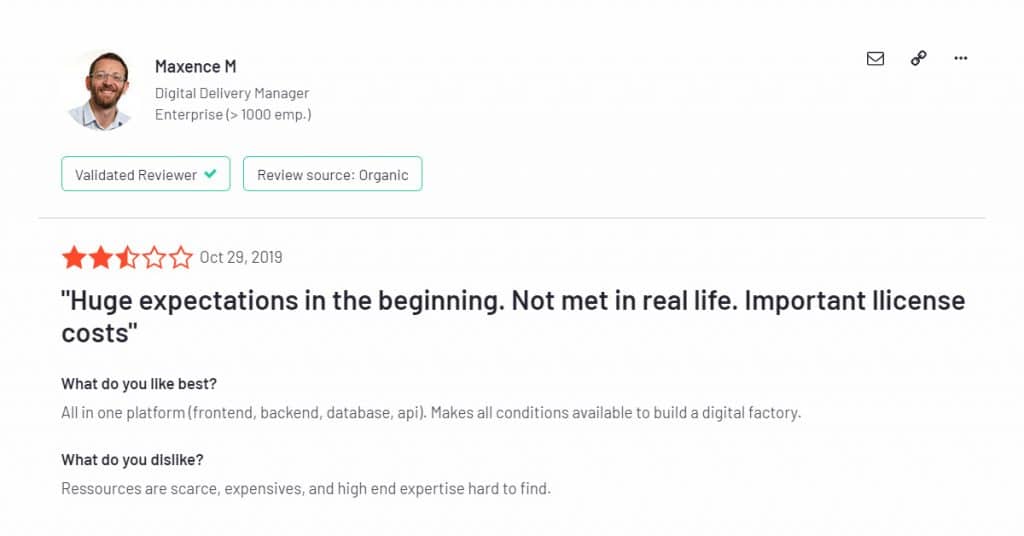
#Myth 2- Integration of Complex functionalities is possible:
An application is more than just an app. For a business owner, it is the driving factor for her/his future. Therefore, the app you develop must not be looked at as something you got to do. Vision is important.
The simple drag and drop features of a low code app platform may look attractive for now; they may look convenient and time-saving. However, will they really allow you to integrate complex features into your project?
No, it will not. Low code mobile application development platforms come with set structure and features that you can simply drag and drop to create your application, but when it comes to personalizing it according to your audience needs, it won’t cater.
Your application should have its unique functionalities, features and user journey. However, developing a low code application is like restricting yourself to the same food every day.
It doesn’t get better, it tastes the same, and someday you would want to spice it up.
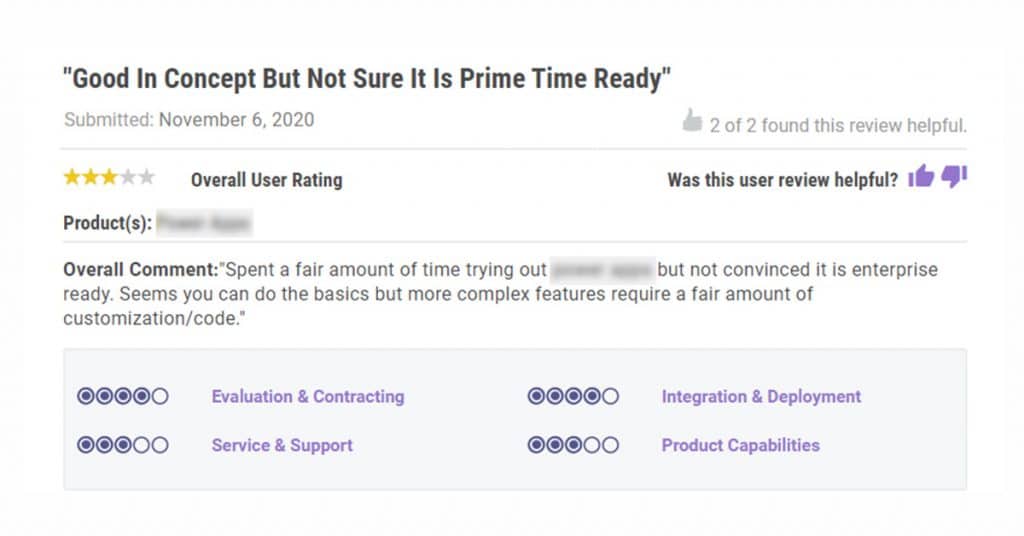
#Myth 3- Developing is a cakewalk:
Although low-code app development platforms display themselves as super easy and everyone’s cup of tea, that is a big misconception.
Even to develop a low code application, you first need to deeply research and understand the technologies you will base your application on. If you do not have substantial technical knowledge, chances are you would have to hire an expert to help you understand the concept and flow your application would follow.
Let’s imagine you manage to avoid hiring an expert and end up developing an app on your own. You would still spend a lot of time, efforts and cost on a simple application.
No matter how creative you are, customizing your application is near to impossible, and chances are most entrepreneurs end up getting the same thing.
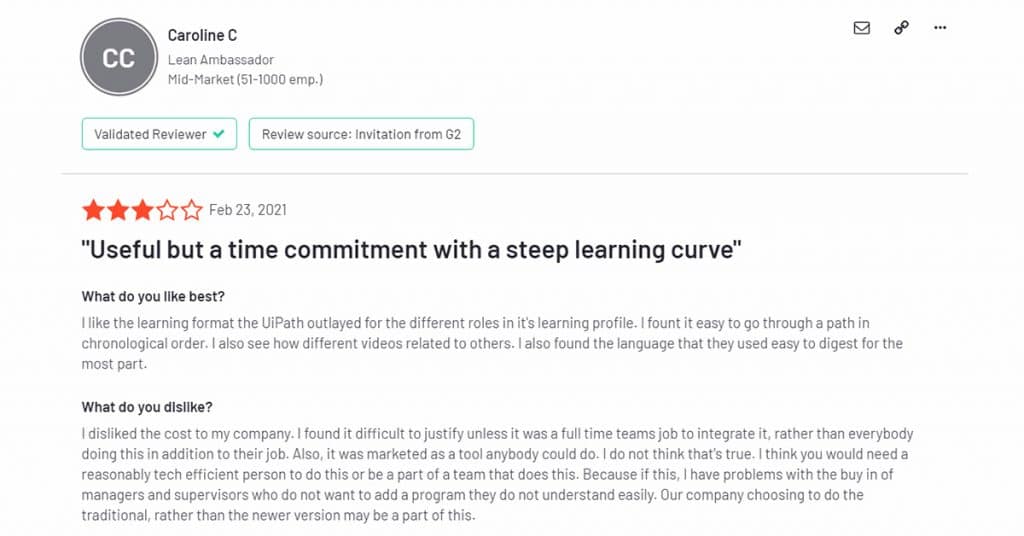
#Myth 4- Low-code app development is a one-time work:
Developing your low-code application is not a one-time work. Development doesn’t end at development. The most important aspect of being in business is continuously enhancing your application.
Take the example of Orkut; it used to be the most used social networking website in its time. However, as soon as Facebook was launched, it overtook the legend to become one.
The sole reason for Orkut’s failure was due to not keeping up with its users’ demands.
Who would want to be the next Orkut? I bet not you.
Therefore, you must note when you restrict your application to a set of technologies, maintenance becomes cumbersome. You would have to hire an experienced developer to add new technologies to your app and touch the audience expectation bar.
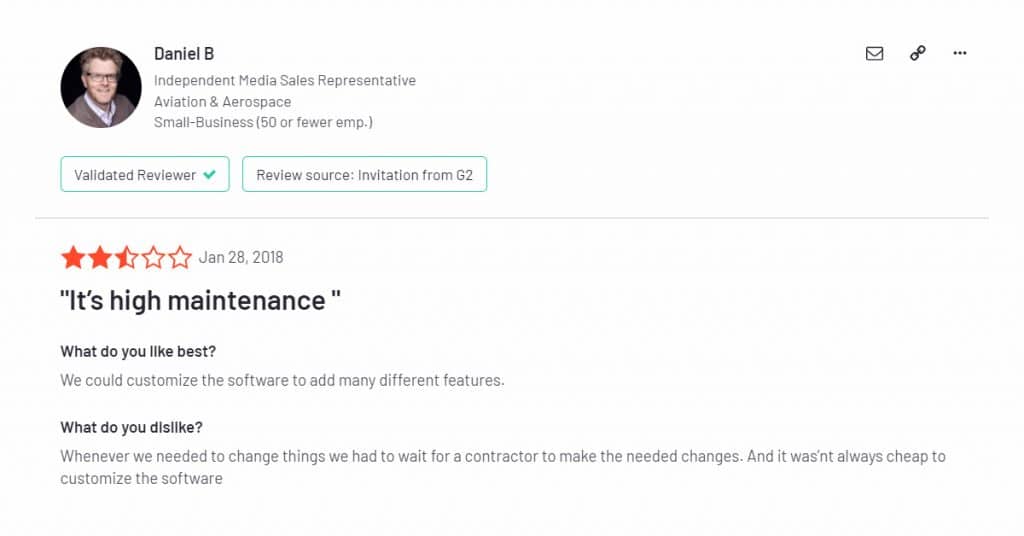
#Myth 5- Third-party APIs are the way to go:
Third-party APIs are for sure convenient; however, depending too much on them can make your application suffer.
Every platform or project one develops is built on a particular version of a specific technology. Every API you integrate into your low code application will work on the technology you choose (considering the current advancements).
However, as your business grows and you wish to upgrade your technology, many APIs may prove to become incompatible.
As a result, you would have to make many changes in your application that were uncalled for.

Conclusion
Your business is your choice. However, you need suitable material to choose the right thing for yourself. Think of all that you have learnt about low code app development platforms and compile a list of pros and cons this write-up states
Once you have all the relevant data, only then make a choice. So that whatever you choose is backed by solid research and no biases.
I hope this article helped you understand what’s best for you. And now you can choose whether to go the easy way or the right way.
